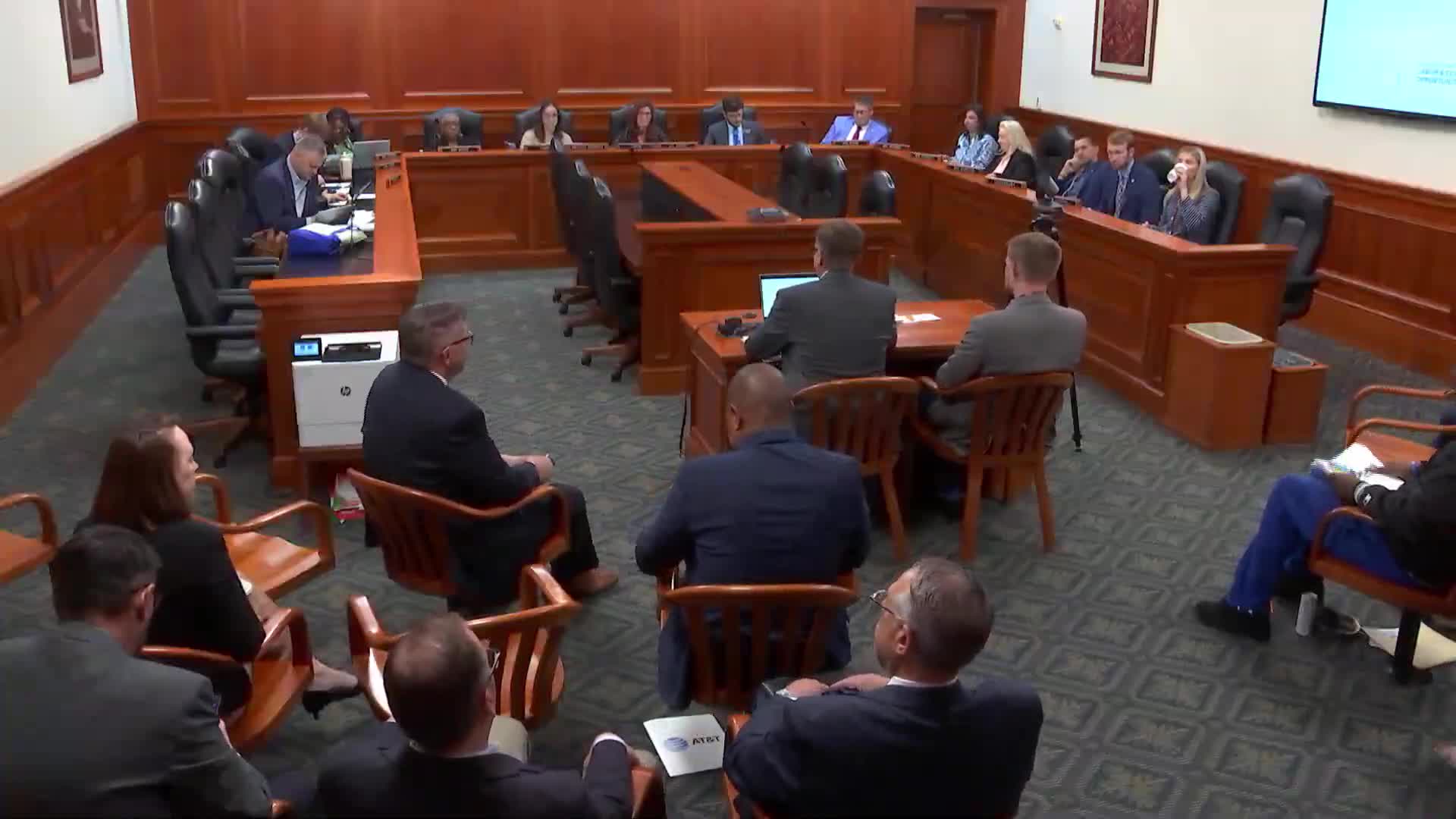Michigan's BEAD program receives 394 applications for broadband internet expansion
May 19, 2025 | 2025 House Legislature MI, Michigan
Thanks to Scribe from Workplace AI , all articles about Michigan are free for you to enjoy throughout 2025!

This article was created by AI using a video recording of the meeting. It summarizes the key points discussed, but for full details and context, please refer to the video of the full meeting. Link to Full Meeting
The atmosphere was charged with anticipation as representatives gathered to discuss the progress of these critical programs. The BEAD (Broadband Equity, Access, and Deployment) program, which represents the largest investment in high-speed internet infrastructure in U.S. history, has allocated $1.56 billion to Michigan, positioning the state fourth in funding among all states and territories. This initiative aims to bridge the digital divide by connecting underserved areas, with a focus on ensuring that federal funds are utilized efficiently.
The Robin program, with a budget of $238 million, is already making strides, having connected 20,000 locations—27% of its goal to reach 72,000 homes and businesses. Officials emphasized the urgency of completing these connections by 2026 to secure federal funding. Maps displayed during the meeting illustrated the areas currently being served and those still lacking adequate internet access, with red dots marking 248,000 locations identified as needing service.
However, the meeting was not without its challenges. Concerns were raised regarding the transparency of the application process for the BEAD program. Some legislators expressed frustration over changes made to the scoring criteria for project applications, which were implemented without prior communication. This shift was intended to encourage more participation from internet service providers, particularly in hard-to-reach areas. The committee acknowledged the need for better communication and transparency moving forward, with assurances that lessons learned from this round would inform future processes.
As the meeting concluded, the committee members looked ahead to a second round of applications expected to open in mid-summer. With a significant amount of funding still available, there is hope that more communities will be able to access the high-speed internet they desperately need. The discussions underscored the importance of collaboration between state officials, internet service providers, and local communities to ensure that no area is left behind in the digital age.
Converted from Communications and Technology - 5/20/2025 meeting on May 19, 2025
Link to Full Meeting
Comments
View full meeting
This article is based on a recent meeting—watch the full video and explore the complete transcript for deeper insights into the discussion.
View full meeting
